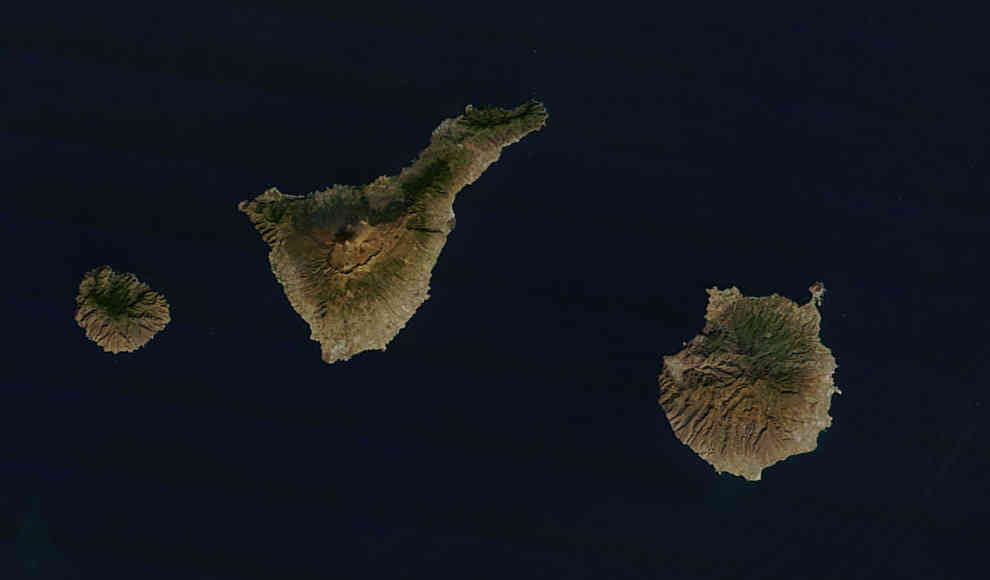A powerful earthquake that struck the South Korean port city of Pohang on November 15, 2015, was caused by geothermal drilling, according to a joint study by the Helmholtz Centre in Potsdam and Seoul National University. The earthquake, which measured 5.5 on the Richter scale, was the second-strongest ever recorded in South Korea and resulted in 135 people being injured, some seriously. The study found that the drilling had caused a rock layer to break at a depth of 4,000 meters, triggering the earthquake.
The Enhanced Geothermal System (EGS) project involved injecting water at high pressure into deep rock formations to create a large reservoir of water that could be used as a heat exchanger for a planned power plant. However, the pressure of the water caused a previously undiscovered fault to break, leading to the earthquake. The study, published in the Geophysical Journal International, confirms the findings of two earlier studies, one by a South Korean research group and the other by an international team, both published in the journal Science in 2018. The new study provides additional data, including the stress levels of the rock formations near the drilling site, and concludes that the drilling was the cause of the earthquake.
The scientists involved in the study used computer simulations to show that even lower levels of water pressure would have been sufficient to trigger seismic activity in the region. The earthquake caused extensive damage, with 1,700 people having to move due to destroyed or unsafe buildings, and a total cost of €266m. The study highlights the risks associated with geothermal drilling and the need for careful monitoring and regulation of such projects to prevent similar incidents in the future.










